Will Trump Expel Legacy Press From White House Briefing Room?
President Trump’s aides have indicated they are considering major changes to the pecking order among White House correspondents.
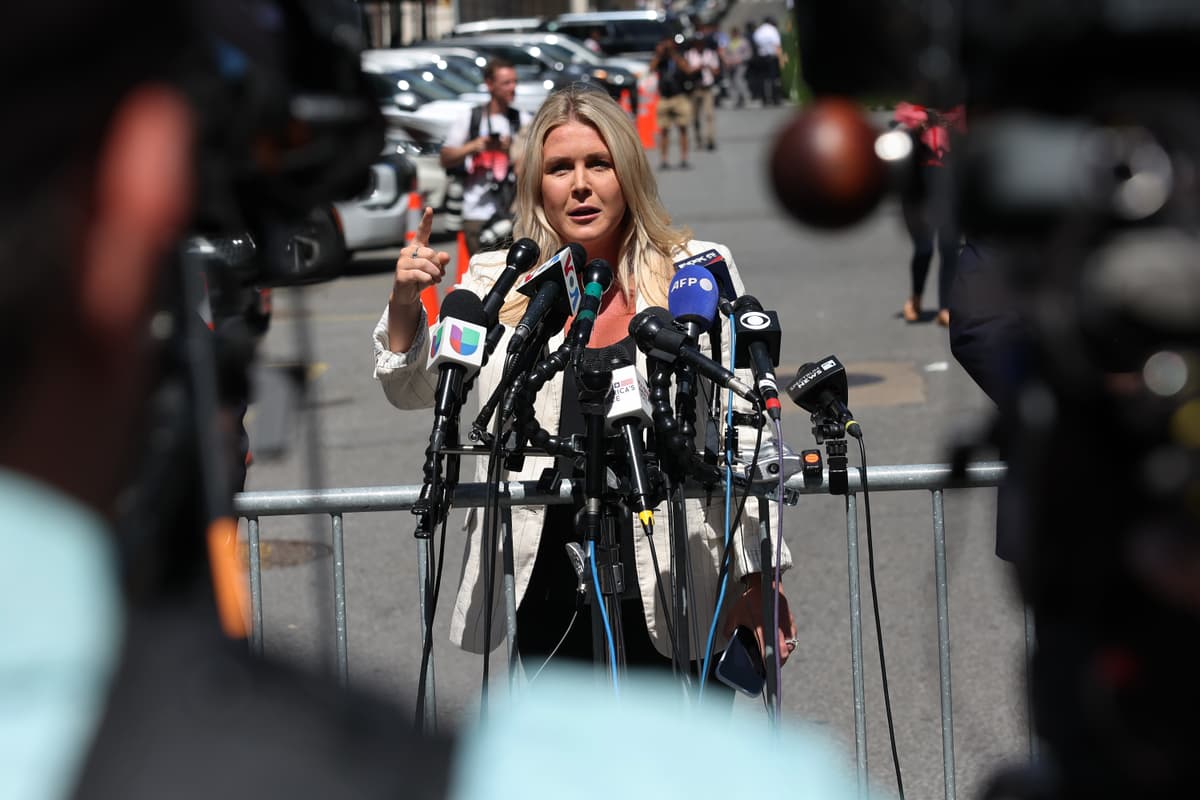
Inside the Beltway, rumors float like dandelion fluff. Sometimes they’re right, sometimes they’re wrong — and sometimes they’re just trial balloons cast aloft to gauge reaction.
No one yet knows whether the latest batch of rumors is true, but there’s definitely something afoot concerning the White House briefing room. The incoming Trump administration is reportedly planning an overhaul of the seating chart in 49-seat room built over the old White House swimming pool, but how far it goes is anyone’s guess.
Some sources say President Trump wants to banish the mainstream press that populates the front row — among them the major networks of NBC, CBS, ABC, as well as CNN, the Associated Press, and Reuters.
In one scenario, the administration would welcome a slew of more conservative news outlets and push other news agencies that vocally oppose him off into an overflow room, possibly even move them across the street to the less prestigious Old Executive Office Building, where most of the White House staff works. Many of these staffers have less access to the inner sanctum of the core offices and meeting rooms around the Oval Office in the West Wing.
Trump’s first press secretary, Sean Spicer, on his podcast on Tuesday, said that the new press secretary, Karoline Leavitt, 27, is not getting the press secretary’s capacious West Wing office, which will instead go to a higher-ranking aide. Ms. Leavitt, and the rest of the press, may all end up in the OEOB or offsite altogether.
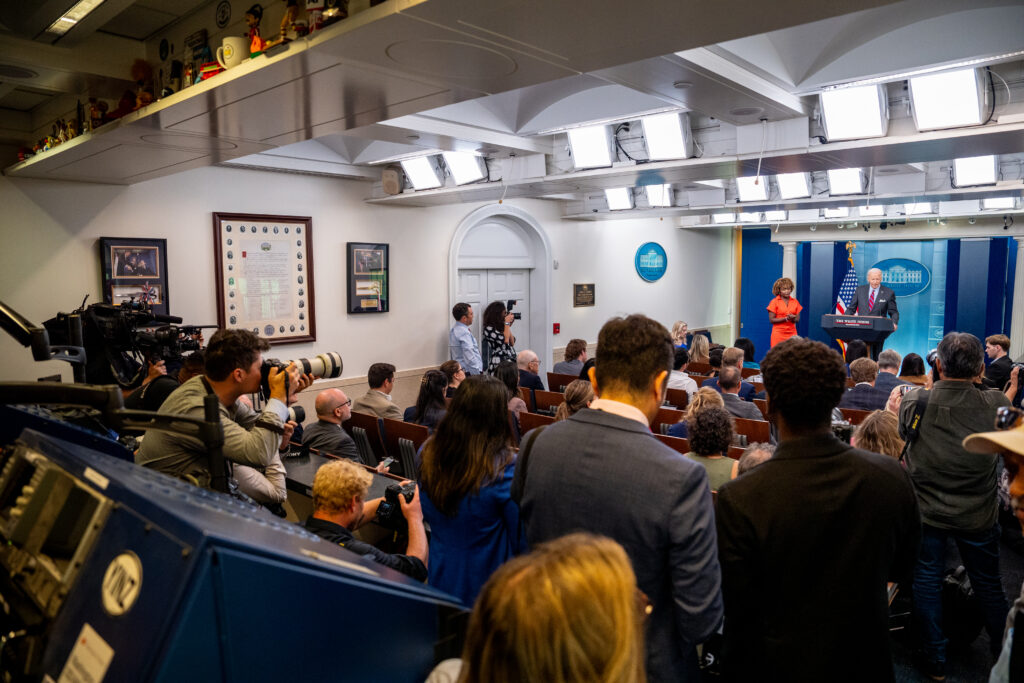
If the press does remain in the West Wing briefing room, the White House may simply reset the 49 seats to put dominant press organizations in the back, where it’s less likely for them to be captured by TV cameras.
During the first Trump Administration, some reporters for liberal organizations, such as CNN’s Jim Acosta, were criticized for using the briefings to perform for the cameras by challenging the press secretary.
CNN has announced that its 9 p.m. show host, Kaitlan Collins, will also be their White House correspondent. This could make her on-camera performance in the role — such as raising her hand and asking tough questions — central to her prime time program, and moving her away from the front of the briefing room could negatively impact CNN’s programming plans.
Traditionally, the major TV news outlets and the Associated Press have front-row seats and outlets like CBS News Radio, NPR, the New York Times, the Washington Post, and Bloomberg have seats in the second row. Those reporters could be pushed back to make room for organizations seen as less biased.
Two White House correspondents told The New York Sun they have heard those plans and other rumblings of coming changes, but nothing concrete. A source working with the Trump transition told the Hill last month that no plans to alter the briefing room have been finalized.
The White House Correspondents’ Association, a self-governing association of credentialed White House reporters, not the White House, sets the seating chart. How that could change with Trump’s return to power is unclear.
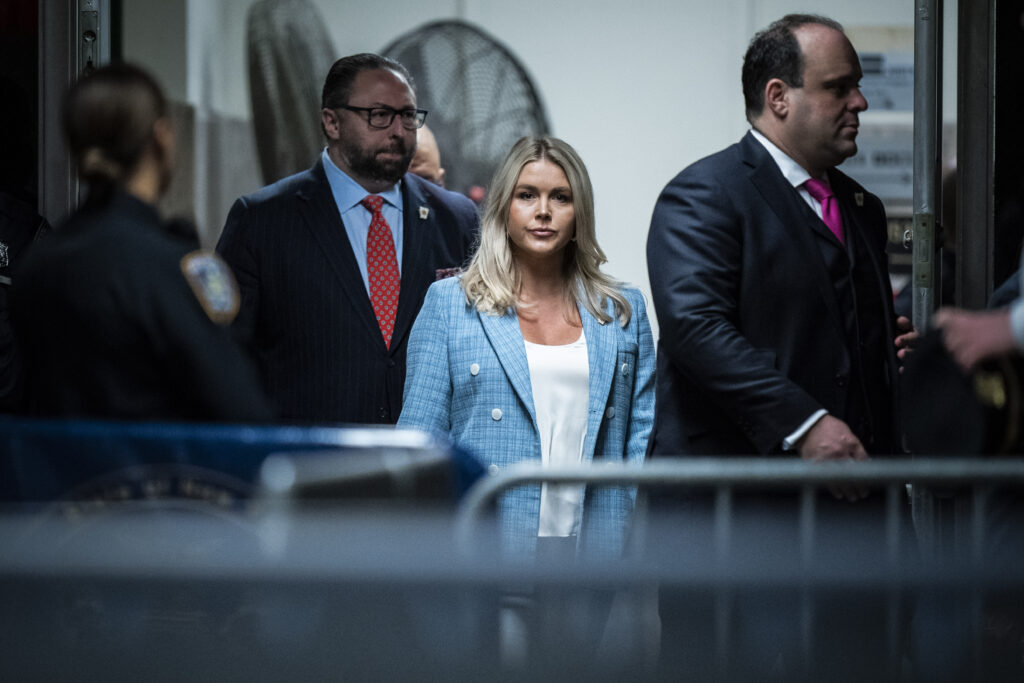
While not showing too many cards, Ms. Leavitt has said an overhaul to the briefing room is in the works. She said last month that the administration plans to “prioritize access for a diverse range of media outlets, moving away from what she described as a legacy media monopoly,” the Hill reported.
“This administration values transparency and diversity in media,” Ms. Leavitt said. “We are committed to ensuring that the press room reflects the modern landscape of journalism.”
She foresees a briefing room makeup that features more independent and non-traditional organizations, including internet personalities that don’t have a print or TV presence.
Any change to the status quo would likely draw heavy criticism from the WHCA, which is powerful. For instance, during the COVID pandemic, the association decided just 14 reporters would populate the briefing room in order to adhere to social distancing guidelines. Of course, some of the outlets cut from the room were conservative.
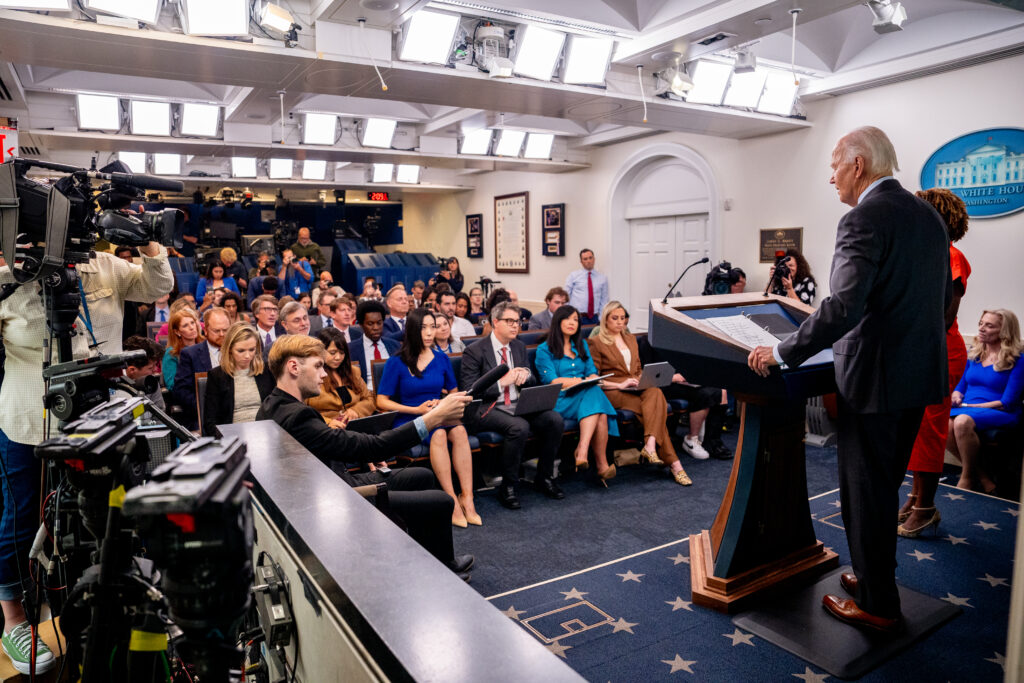
But the WHCA doesn’t have the final say. The White House communications office decides who actually gets into the West Wing and the Biden White House took full advantage of that power. Mr. Spicer wrote in a Washington Times op-ed piece that Team Biden “stripped access away from hundreds of independent journalists.”
After Ms. Leavitt intimated last month that changes could be coming to the briefing room, some reporters anonymously complained. “It would be a total mess,” one White House correspondent told the Hill. “I would expect people would probably boycott the briefings, though that would put certain outlets in a tough spot deciding if they want to go along with what the Trump people are trying to pull.”
Trump learned the hard way last time he was in the White House. Eventually, he did away altogether with the daily briefing, going more than 300 days without dispatching his press secretary to answer questions.
Before he bailed, the briefings had devolved into grandstanding sessions by peacocking reporters hoping to make a name on their biased bloviating. In addition to Mr. Acosta’s theatrics, the hard-left reporter Yamiche Alcindor, of NBC News — who says it’s her job to use journalism to bend the “moral arc toward justice” — routinely berated Trump’s press liaisons. After a long hiatus, she is returning to cover Trump’s second term.
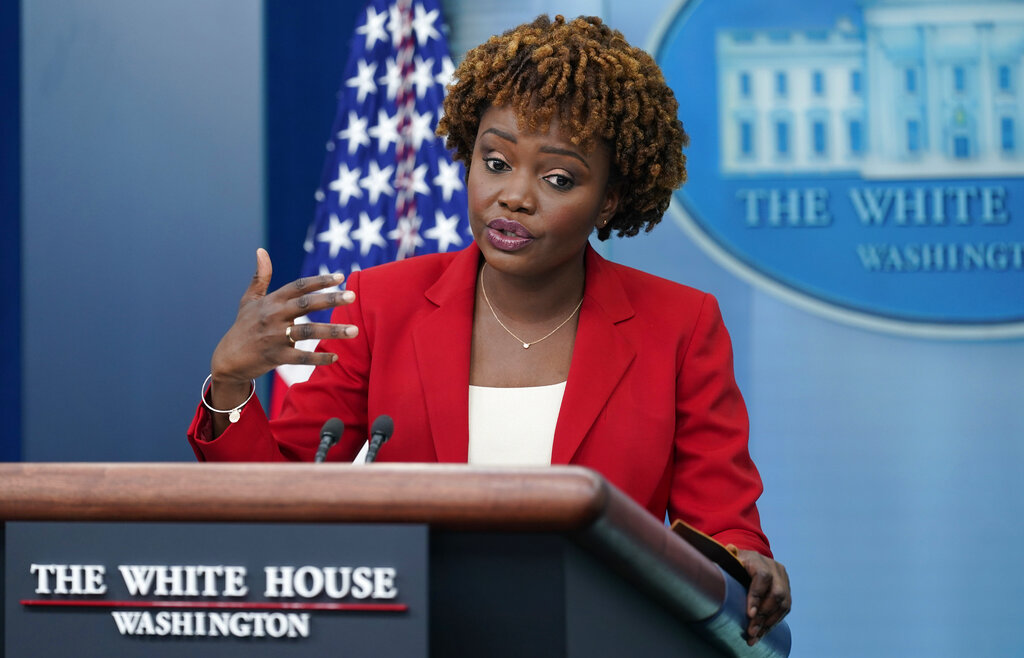
One former press secretary, Ari Fleisher, who held the podium during President George W. Bush’s first term, thinks an overhaul of the cramped and musty briefing room is long overdue.
“That hallowed hall, which holds 49 seats for 49 of the most important reporters in America, is a throwback to the 1980s,” he wrote in an op-ed in the Hill. “In the 21st century, when Americans consume news in ways that would have been unrecognizable 40 years ago, the briefing room is the last bastion of the mainstream media’s heyday, when everyone watched and read them because there was no alternative.”
“It’s time to stop living in the 1980s. Change who sits in those seats and who gets the questions. Reorient the definition of news away from what the mainstream media thinks it is to what the media that’s more representative of this generation says it is,” he wrote. “And stop pretending the media is fair. They’re not. If Trump really wants to change Washington, he needs to change the status quo and unseat the mainstream media.”
Correction: Jim Acosta is the CNN reporter who faced criticism for playing to the cameras during press briefings. An earlier version misstated his surname.

